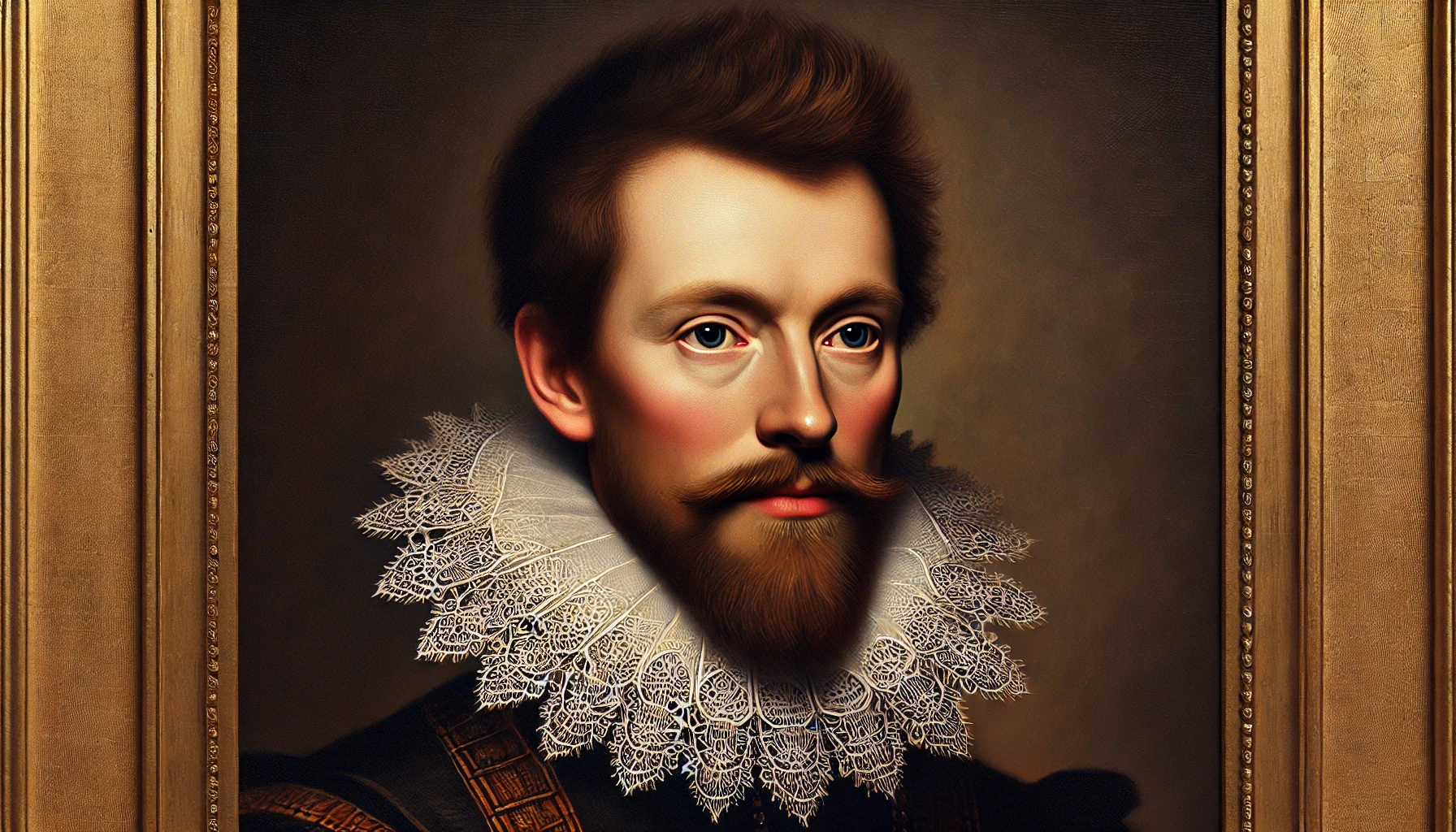John Donne: A Comprehensive Overview
Introduction
John Donne (1572–1631) was an English poet, cleric, and scholar, widely regarded as the foremost representative of the Metaphysical Poets. His works are known for their intellectual depth, vivid imagery, and complex metaphors, blending themes of love, religion, and mortality. Donne's poetry and prose had a profound influence on later literature, and he remains a central figure in English literature.

Life and Family
- Born: Between January 24 and June 19, 1572, in London, England.
- Family:
- Father: John Donne, a prosperous ironmonger.
- Mother: Elizabeth Heywood, descended from Sir Thomas More’s family.
- Raised Catholic during a time of Protestant dominance in England.
- Education:
- Studied at Oxford and possibly Cambridge, but could not graduate due to his Catholic faith.
- Later attended Lincoln’s Inn (1592) to study law.
- Marriage: Secretly married Anne More in 1601, against her father’s wishes, leading to temporary imprisonment and financial struggles.
- Later Life:
- After years of poverty, he converted to Anglicanism and became a priest (1615).
- Rose to become Dean of St. Paul’s Cathedral (1621–1631), gaining fame as a preacher.
- Died on March 31, 1631, and was buried in St. Paul’s Cathedral.
Literary Works and Career
Donne’s literary career can be divided into two main phases:
- Early Works (1590s–1610s) – Secular Poetry & Love Lyrics
- Wrote witty, passionate, and sometimes cynical love poems.
- Examples: The Good-Morrow, The Flea, A Valediction: Forbidding Mourning.
- Later Works (After 1615) – Religious Poetry & Sermons
- Shifted to devotional and meditative writings after entering the clergy.
- Wrote Holy Sonnets (e.g., Death Be Not Proud) and profound sermons.
Style & Themes:
- Metaphysical Conceits: Unusual, elaborate comparisons (e.g., comparing lovers to a compass).
- Exploration of Love, Death, and Faith: Blended physical and spiritual concerns.
- Dramatic Monologues: Direct, conversational tone.
Qualifications & Positions
- Education: Oxford/Cambridge (no degree), Lincoln’s Inn (law).
- Ordained: Anglican priest (1615).
- Appointments:
- Royal Chaplain (1615).
- Reader in Divinity at Lincoln’s Inn (1616).
- Dean of St. Paul’s Cathedral (1621–1631).
Notable Works List with Publication
Poetry
- Songs and Sonnets (published posthumously, 1633)
- The Good-Morrow
- The Canonization
- The Flea
- A Valediction: Forbidding Mourning
- Holy Sonnets (written 1609–1610, published 1633)
- Death Be Not Proud (Holy Sonnet X)
- Batter My Heart (Holy Sonnet XIV)
- Elegies and Satires (circulated privately, published later)
- The Sun Rising
- Elegy XIX: To His Mistress Going to Bed
Prose & Sermons
- Devotions upon Emergent Occasions (1624) – Includes "No man is an island..."
- Biathanatos (written c. 1608, published 1647) – A controversial defense of suicide.
- Sermons (collected posthumously) – Renowned for their eloquence and depth.
Legacy
Donne’s work fell into obscurity after his death but was revived in the 20th century by poets like T.S. Eliot, who praised his intellectual rigor and emotional intensity. Today, he is celebrated as a master of metaphysical poetry and a pivotal figure in English literature.